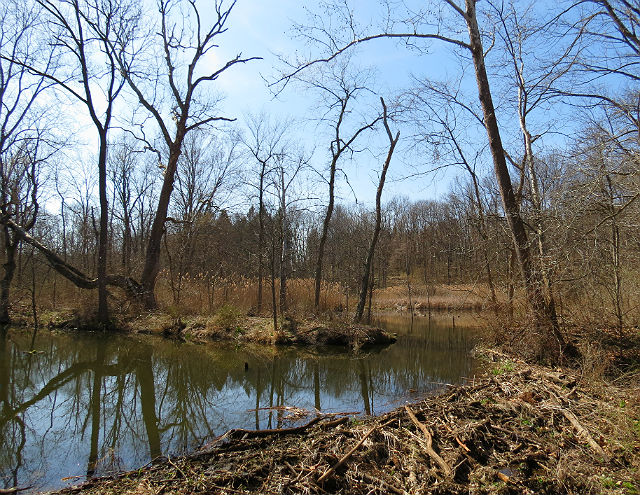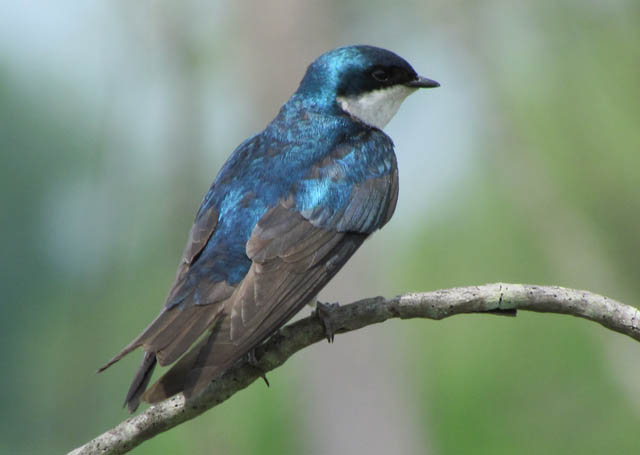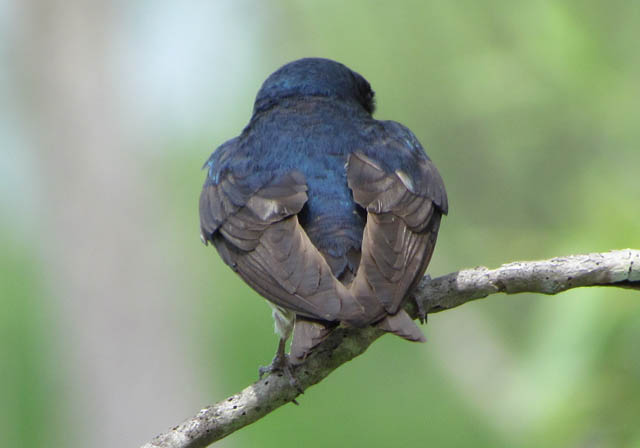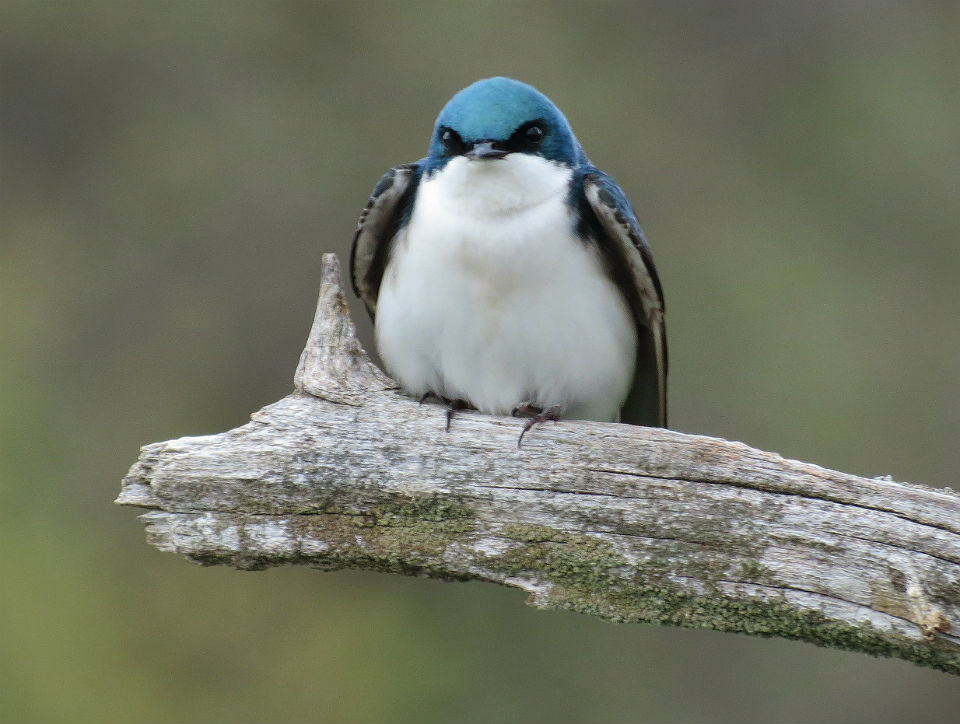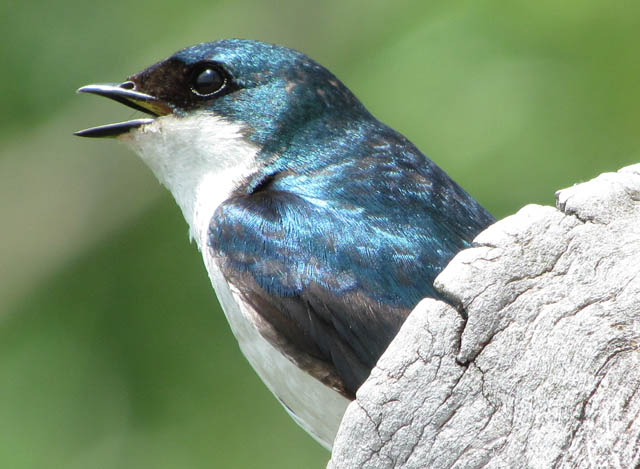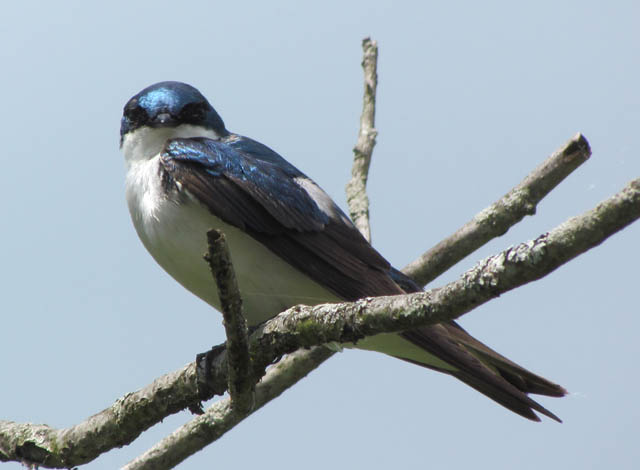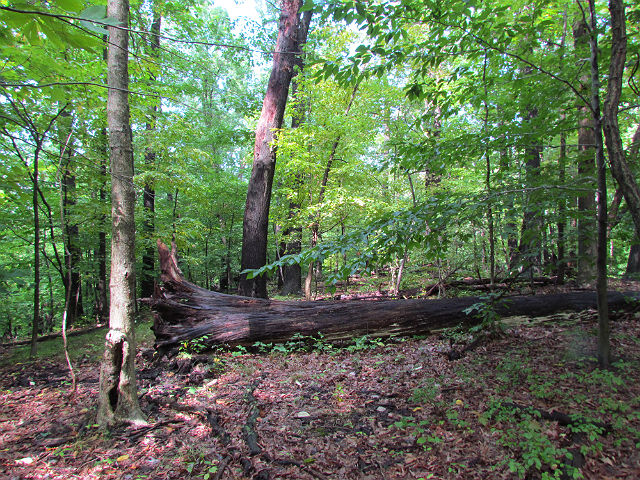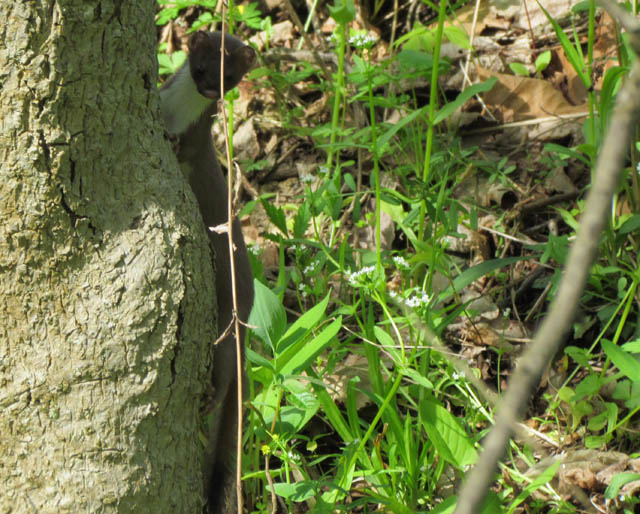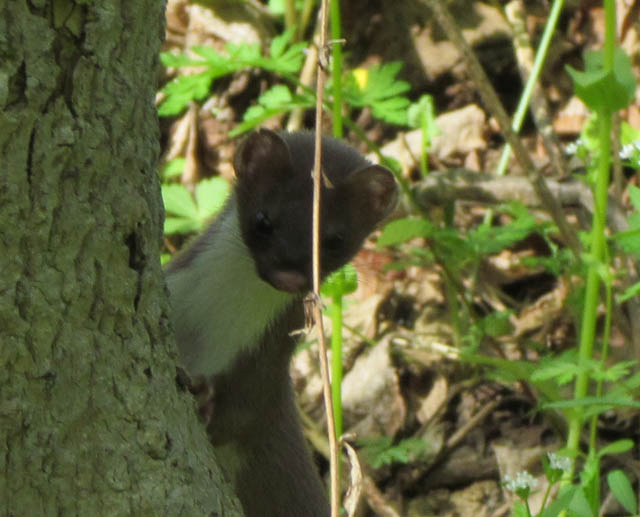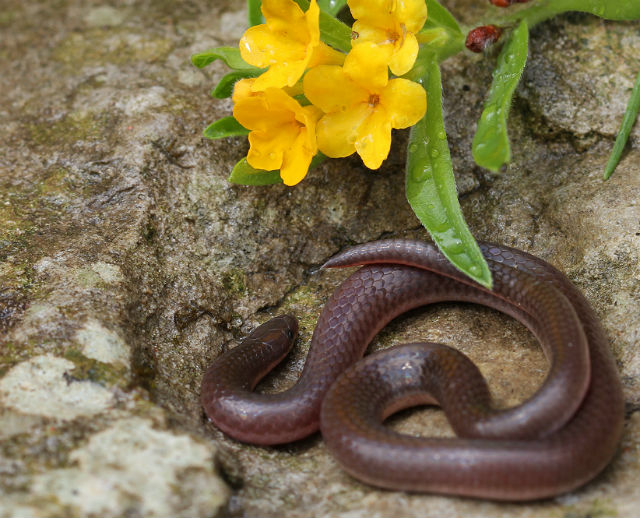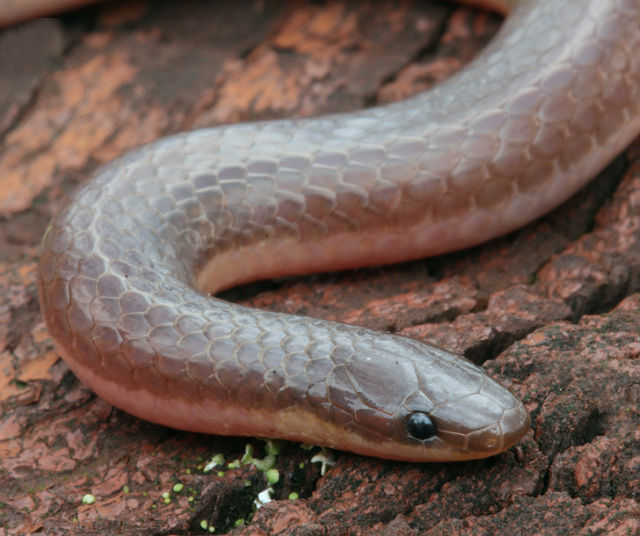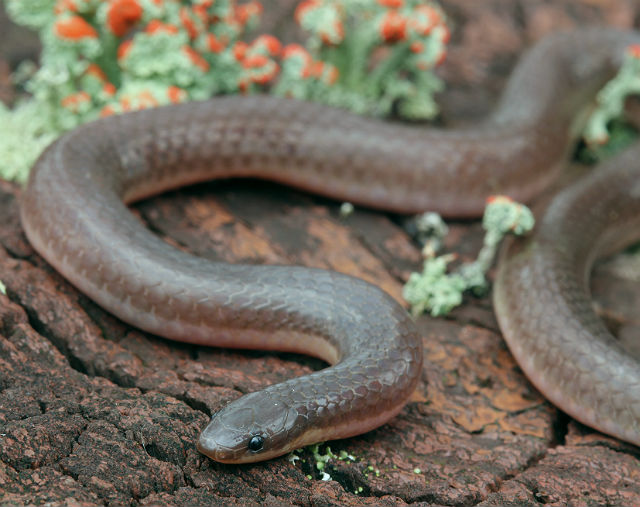The Tree Swallow is the first of the swallows to arrive in Spring. Although they are mainly insect eaters, they can survive on berries and seeds when there is snow on the ground.
These birds are handsome aerialists with deep-blue iridescent backs and clean white fronts. They tend to reside near water and lately I’ve been seeing quite a few of them at Beaver Marsh on the Ohio & Erie Canal Towpath.
Tree Swallows are streamlined songbirds with long, pointed wings and a short, slightly notched tail. Their bills are very short and flat. They chase after flying insects with acrobatic twists and turns, their steely blue-green feathers flashing in the sunlight.
Tree Swallows nest at this time of the year and you can see them entering and leaving their nests as they tend to their young. They nest near water in tree cavities and old woodpecker holes. The female builds a nest lined with grasses and feathers.
These birds are highly social and may form flocks of several thousand birds at nighttime roosts outside of the breeding season.
As their name suggests, Tree Swallows spend little time on the ground, preferring instead to perch. They spend much of their time in flight and tend to glide more than any other species of swallow. This is a great time of year to observe their airborne acrobatics.

